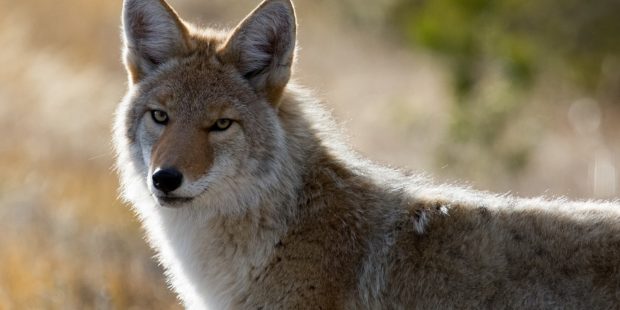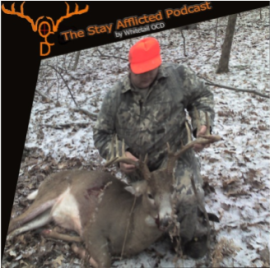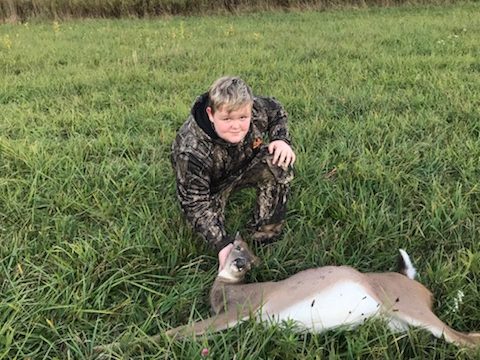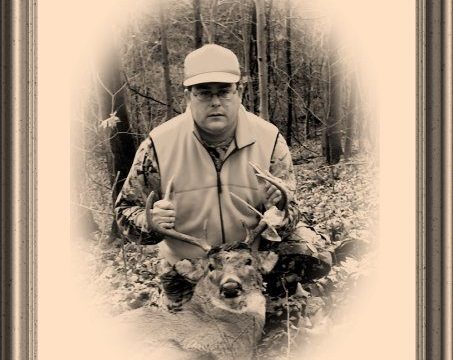
“Damn coyotes!” If I have uttered this phrase once, I have said it a thousand times! I do not hate coyotes themselves. I do however have a strong dislike for how they impact the whitetail herd.
It is the middle of May in North East Ohio means the annual fawning season is upon us. This time of year, the majority of the fawns are born and fawn predation will be at its peak. This week we are taking a look at how coyotes impact fawn recruitment
Fawn recruitment is the number of fawns that make it to six months of age. There are many factors that impact fawn recruitment like disease, the health of the mother and abandonment. But noting impacts fawn recruitment as much as predation. Predators like the bobcat, wolf mountain lion, black bear and especially the coyote, have a dramatic impact on each year’s fawn survival rates.
Coyotes are making their impact all across North America. Coyote populations are booming and they are having a profound impact on the whitetail herd. Various studies have shown that fawn kill rates by coyotes can reach above 50% of the fawn population. It is likely that in an area with a high density of coyotes that a doe with two fawns will lose at least one of them to coyotes.
I attended a Wildlife Symposium last year and one of the guest speakers was an expert on coyote. They indicated that coyotes can control their litter size based on what the landscape can support. Meaning that a coyotes litter size is directly proportionate to the number of coyotes present at the time. You kill 10 coyotes in an area and the next year’s litter size will dramatically increase making reducing the population a never-ending cycle of failure. Even if you were able to eradicate coyotes from your property, their nomadic nature allows others to move right in and fill the void. Their own biology makes coyotes hard to control.
Let’s look at this from another point of view. Each year the US Government kills nearly 100 thousand coyotes in an attempt to control livestock predation and yet the problem still exists. With this knowledge in hand, how can whitetail hunters even attempt to combat the coyote’s impact on fawn recruitment?
Timing is everything. Studies have shown that reducing the coyote population just prior to the fawn drop is one of the best ways to reduce their effect on the herd. Coyotes breed in February in the North East with a 65 day gestation period making the majority of the litters born in April. Whitetails breed in November with fawns being born in the middle to the latter part of May.
By targeting predator control efforts in April and early May, you reduce the number of coyotes in the area just prior to the fawns being born. The coyotes have already been bred so they cannot biologically compensate for the reduction in numbers until the following year. Most likely, the coyote void from your harvest will be filled before breeding by the nomads resulting in a minimal litter size spike.
Another benefit of an April/May predator harvest is that it takes time for the nomads to discover a new area. This allows time for the new fawn crop to be born, gain some weight and get acclimated before the eventual coyote re-population occurs. Yes, some of those fawns will be eaten, but the survival rate will be much higher.
I read about a study that Dr. Grant woods from Growing Deer TV was involved with concerning the timing of predator control. They essentially removed 22 coyotes and 10 bobcats on a 2,000-acre parcel just prior to the fawning season. The resulting impact was astonishing. They fawn recruitment doubled in that test area over another area without any type of predator control. This is how you impact fawn recruitment when the odds are stacked against you.
Fawn’s are not the only deer to fall prey to coyotes. Last year I found a year and a half old whitetail buck that had been killed and eaten by coyotes. You could see the bite marks on the legs, ears, and neck of the animal. Coyotes are not just killing fawns but larger deer as well. It was sad to see one of my up and comers fall to these canines.
Coyotes can be a challenge to control I have tried trapping with zero success. I have had coyotes work my sets only to dig up my traps and pull them from the trap beds. Either they smelled the trap or the trap moved under their foot. Regardless of how they knew the trap was there and removed it with the skill of a surgeon. In every case, the trap never fired and the dog was never caught. I plan to continue my trapping efforts and remake my sets, learning more about the coyote each time.
Coyotes are an issue for the whitetail deer hunter that will not go away. All we can do is understand the best time to do predator control and execute a plan to reduce the numbers prior to the fawning season. The more we as hunters learn about the coyote and come to terms on how we can co-exist, the better our chances of success in the fall.
To that end, I still say “Damn Coyotes!”




